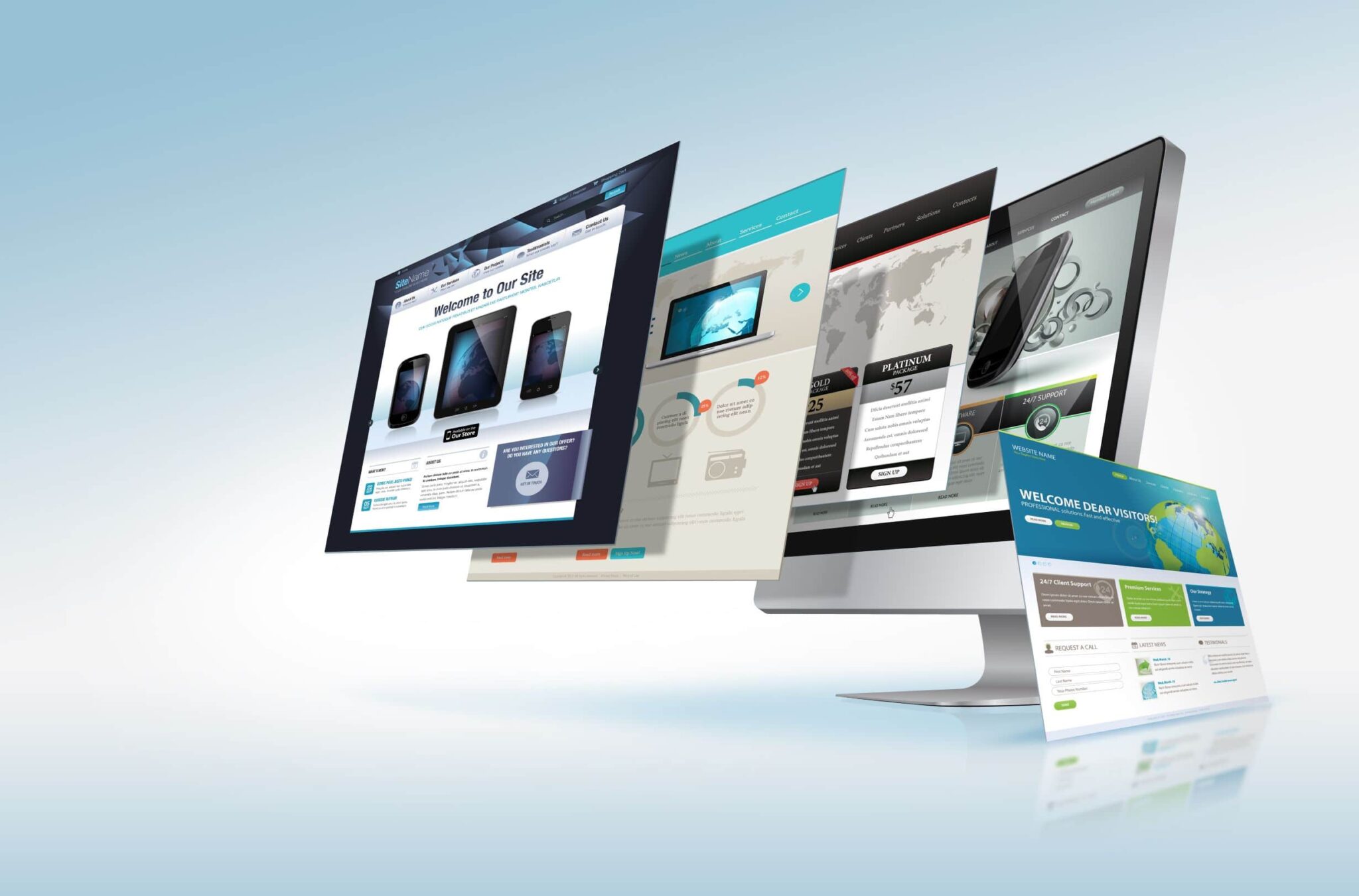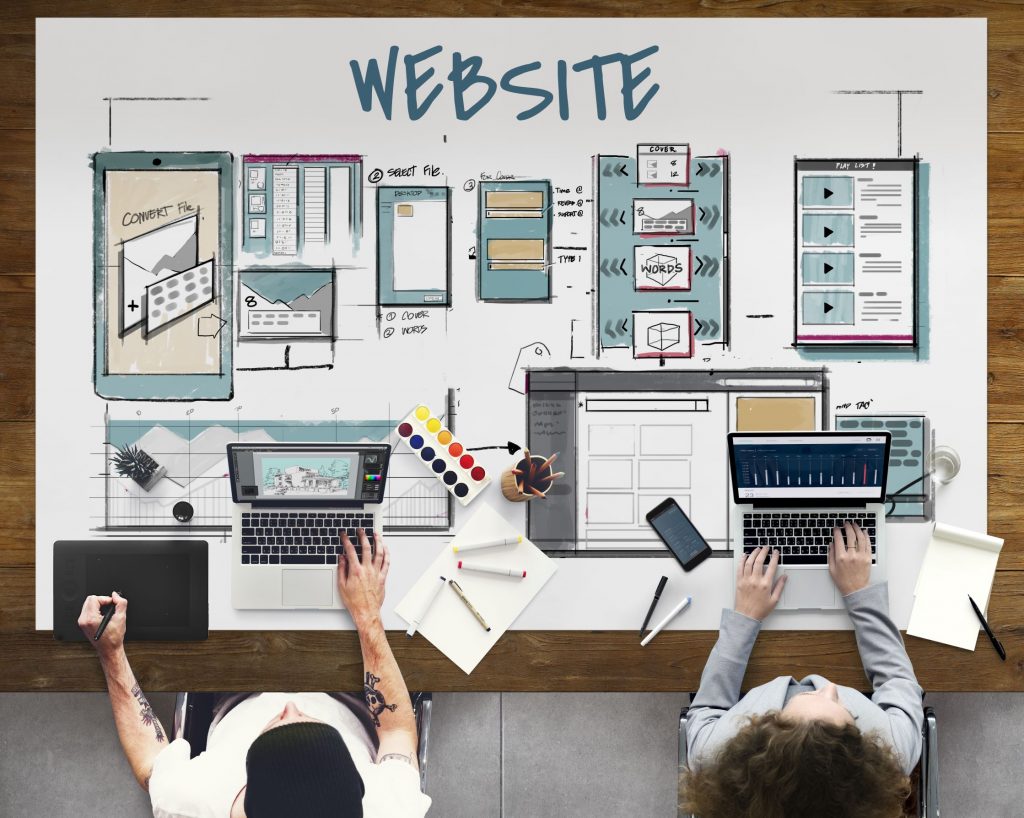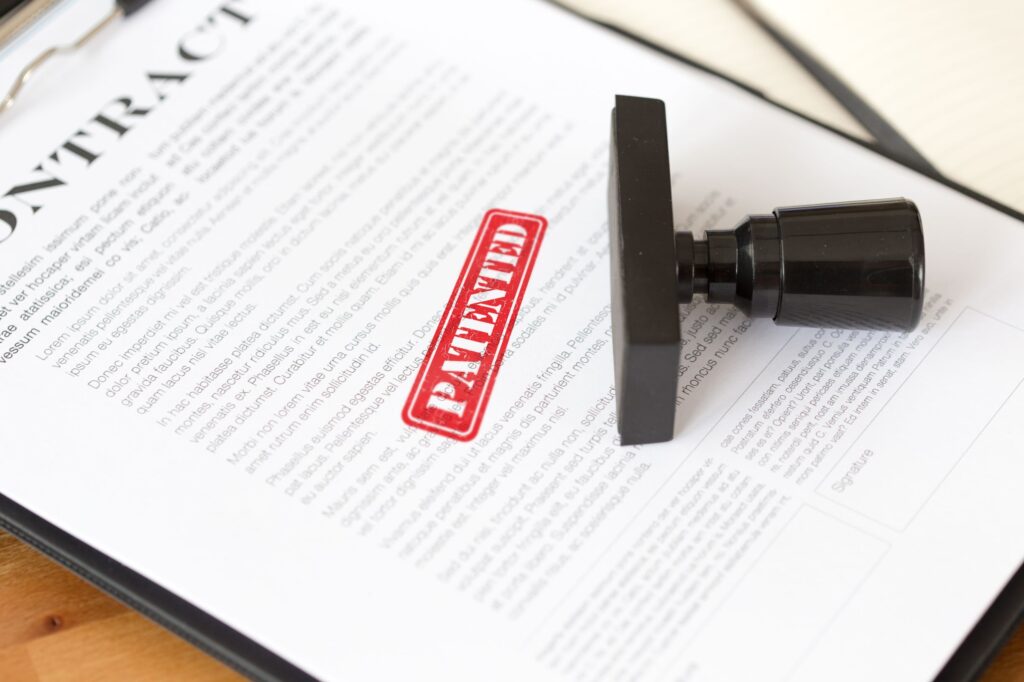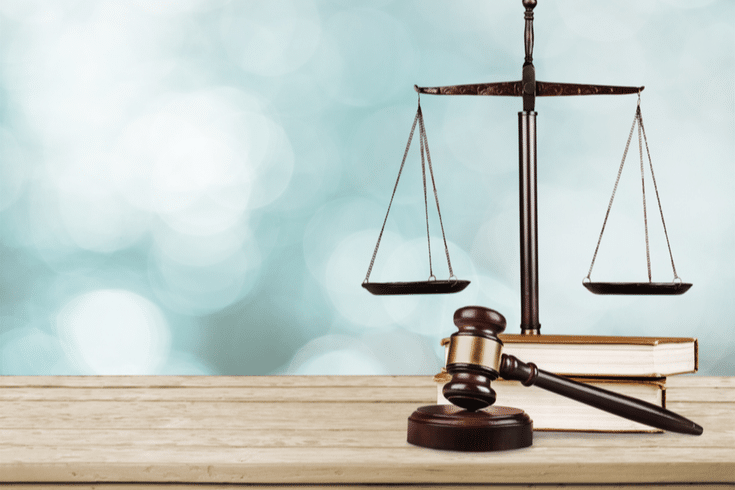Does Copyright Infringement Apply to the Theft of UI and Menu Designs?

In recent years, the internet has rapidly developed, and various websites and applications now exist.
For these websites and applications, efforts have been made to make them more user-friendly. Elements such as the user interface (UI) and menus greatly influence the ease of use of these websites and applications.
UI and menus are essentially the design of websites and applications. Generally, they tend to be overlooked in terms of copyright compared to the content of the websites and applications.
However, given that UI and menus significantly impact usability, they are crucial components of websites and applications, and copyright issues cannot be ignored. Therefore, this article will explain the copyright related to the design of UI and menus.
What is UI?
Firstly, in order to understand the issues related to copyright of UI, it is necessary to accurately understand what UI is.
Therefore, I will explain about UI in the following.
UI stands for User Interface, which refers to the mechanisms used by computer users to receive information and to input information.
For example, when using a computer, you can input personalitys with a keyboard, move the cursor on the display with a mouse, and input personalitys.
Such mechanisms are casually used when using a computer, but they are mechanisms developed by developers. Regarding UI, if you classify it more finely, there are CUI (Character User Interface) and GUI (Graphical User Interface), but the one mainly related to design is GUI.
What is a Menu?
In order to understand issues related to the copyright of menus, it is necessary to accurately understand what a menu is.
Therefore, the following will explain about menus.
A menu refers to a list of operation items displayed on the screen of a computer display device.
For example, when using a computer, operation items such as “File, Home, Insert, Draw” may be displayed in a row. This is what is referred to as a menu.
It goes without saying that menus do not simply arrange themselves in this way. They are created by developers who consider the operation items and their arrangement.
What is Copyright?
Many of you may have heard of the right known as “copyright”. “Copyright” refers to the rights granted to the author of a work. Unlike patent rights, which require registration procedures, copyright naturally arises under the law at the point of creation, without any procedures. Because copyright does not require any special procedures to be recognized under the law, it is referred to as a non-formalistic system. Regarding works, Article 2, Paragraph 1, Item 1 of the Japanese Copyright Law stipulates as follows:
(Definition)
Article 2 In this law, the meanings of the terms listed in the following items shall be as prescribed in the respective items.
1. Work: Something that creatively expresses thoughts or feelings and belongs to the realm of literature, academia, art, or music.
From this Article 2, Paragraph 1, Item 1 of the Japanese Copyright Law, it is not the case that all creative works fall under the category of works in the Copyright Law. In order to be recognized as a work, it must be something that creatively expresses thoughts or feelings and can be said to belong to the realm of literature, academia, art, or music.
https://monolith.law/corporate/internet-technology-system-copyright-problem[ja]
Copyright Concerning Web Design

Distinction between “Idea” and “Expression”
Copyright law distinguishes between “ideas” and “expressions”, protecting the latter. This is not limited to UI and design, but is a general principle of copyright law. For example,
- The plot of a novel → Idea
- Specific sentences → Expression
As an extreme example, while plagiarizing the trick in a detective novel is “unacceptable” as a novel, it does not constitute copyright infringement. This is because it is merely an “idea”, which is not protected by copyright law.
Is Web Design an “Idea” or an “Expression”?
This is a difficult theme to conclude in general terms. For instance, designing a blog site in two panes is merely an “idea” and cannot be said to be a specific expression. On the other hand, placing the main text in the left pane and the menu in the right pane with a ratio of 80:20 could be considered an “expression”. However, once you choose a two-pane layout, the pattern of how you set the ratio is limited, and a “ratio of 80:20” cannot be said to be a “creative expression of thoughts or feelings”.
However, if this is a level where the developer has thoughtfully chosen it from a wide range of options, there may be cases where it can be said to be a “creative expression of thoughts or feelings”. In such cases, designs that match down to such a fine level may constitute copyright infringement.
Although it becomes very abstract, it can be said that it is a case-by-case judgment.
Copyright is not granted to the layout or color usage itself
As mentioned above, it is generally believed that copyright is granted to web design, so there is a possibility of copyright infringement if you directly copy that design.
So, would it be copyright infringement to mimic the layout and color usage of the UI or menu developed by others and develop your own UI or menu?
This is a difficult aspect of copyright concerning web design, but it is believed not to constitute copyright infringement.
As mentioned earlier, in order to be granted copyright, it must be a “creative expression of thoughts or feelings”.
However, regarding the layout and color usage of web design, it cannot be said to be a “creative expression”, and it is considered to be nothing more than an idea or method.
Therefore, even if you mimic the layout and color usage of web design, the possibility of it being copyright infringement just by that is considered low.
About Copyrights of UI and Menus
In recent times, there has been an increase in the number of websites and applications, and consequently, we often come across websites and apps with similar UIs and menus.
Regarding UIs and menus, if you directly copy a specific UI or menu and use it in the design of another site or app, there is a high possibility that you may infringe upon the rights of the copyright holder of that specific UI or menu.
However, as mentioned earlier, when it comes to the layout and color usage, it is highly likely that these cannot be considered as “creatively expressed”, and therefore, may not be recognized as copyrighted works. Thus, the possibility of copyright infringement is considered low even if you imitate the layout and color usage of a specific UI or menu.
Suppose, in a case where copyright is recognized for the layout and color usage of a specific UI or menu, if you create a UI or menu by imitating that specific layout and color usage, there is a possibility that you may violate the copyright law.
In this case, the issue lies in the similarity between the layout and color usage of the specific UI or menu and the layout and color usage of the UI or menu that was developed by imitating it.
However, regarding this similarity, it is not necessarily widespread as copyright infringement is only recognized if the parts with originality, not the common parts, are similar.
Protecting UI and Menus Beyond Copyright Law

As previously mentioned, the scope of protection for UI and menus under copyright law is not necessarily extensive.
So, is it possible to protect UI and menus beyond copyright law?
Beyond copyright law, protection may also be possible under patent law and design law.
However, with patents, there is a high possibility that novelty and progressiveness may be denied, and the scope of patent rights granted is not necessarily extensive.
On the other hand, with respect to design law, a revised law was enacted in April 2020 (Gregorian calendar year), and digital images such as screen designs became subject to protection.
With this revision, it is believed that the scope of protection for UI and menus has expanded, making protection under design law an important option for protecting UI and menus.
For more details, please refer to the following website of the Japanese Patent Office and reference articles.
In businesses utilizing new digital technologies such as IoT and AI, services centered on software and smartphone apps are increasing rather than physical products. In such services, image design, which is the point of contact between the user and the device, is becoming important. However, no matter how user-friendly and original the image design is, it is not protected as a right under the traditional design system for the reason that it is not the “shape of an object”. Then, it can be easily imitated, and imitation products will flood the market, increasing the risk of not being able to recover the investment. Then, there will be no incentive to create image designs, and innovative services using software and apps will not be born. With the protection of “images” now possible, even such businesses can recover the cost of investment and use it as a basis for new design creation and product development. We can expect a virtuous cycle of business utilizing design.
https://www.jpo.go.jp/news/koho/kohoshi/vol44/07_page1.html
https://monolith.law/corporate/intellectual-property-infringement-risk[ja]
Conclusion
We have discussed the copyright of web design, using UI and menus as examples.
While it can be challenging to protect the layout and color usage on the web under copyright law, there are cases where copyright infringement can be established. Therefore, it is necessary to carefully judge whether or not something infringes on copyright.
Furthermore, it is important to note that the possibility of protection under the ‘Japanese Design Law’ has expanded due to its amendment.
Whether copyright is recognized for web design, and whether it constitutes copyright infringement, requires specialized knowledge. Therefore, it is crucial to consult with a law firm that is strong in intellectual property rights.
Category: General Corporate
Tag: General CorporateIPO





















